Full-Time Two-Years (6 terms) Diploma
The program includes two 80-hour work experiences during the summer months.
Next intake September 27th, 2024
Each day of our lives, much of what we do and feel is directly related to our interior environment. It influences the way we live, work, and interact with others.
–Alexandra Stoddard, Renowned Interior Designer, Author, and Lecturer
Pacific Design Academy is one of the National Kitchen & Bath Association (N.K.B.A) affiliated schools in Canada. This program is approved by NKBA and uses its standards.
Our two-year interior design program is taught in a creative environment where technical knowledge merges with artistic inspiration.
Graduates emerge as skilled interior designers capable of conceptualizing and crafting aesthetically pleasing and functional designs for diverse interior spaces. From residential homes to commercial complexes, cultural institutions, and industrial buildings, our graduates work in various sectors.
Emphasizing a hands-on approach, our program equips students with practical skills to apply design techniques and construction theory effectively. Through a combination of coursework and real-world projects, students learn to translate their ideas into detailed drawings brought to life with computer rendering techniques.
Space Planning 1
This course establishes the fundamental knowledge of space planning through academic theoretical study and project-based practicum. The model of instruction involves the design process as practiced by leading professionals, and introduces a broad set of parameters, including but not limited to, the prerequisite research and planning process, programming models, the documentation and evaluation throughout design development, demonstration of efficient workflow, and introduction to the current study of neurasthenics of the built environment.
Understanding the fundamentals of spatial composition, the integrated orchestration of visual elements and principles, and the measured value of human interaction within the built environment form the primary components of this course.
Space Planning 2
This course builds upon design skills taught during Space Planning I. The class is conducted as a studio design session where students will be guided through a series of design exercises, working within the constraints of client requirements, governing codes & and by-laws. Presentations with critique will be part of the course.
Students are introduced to computer-aided design. They will learn to apply the most important elements of hand line drawing towards digital technical drawings. Through the details required in line drawings, students will learn the basic code and accessibility issues as they apply towards a space. The importance of line weight, composition, and figurative clarity for the visual communication of interior design will be emphasized.
This course teaches introductory-level manual drafting techniques and how to understand & read construction drawings. Line weight, hand lettering and dimensioning conventions will be taught as students produce a basic set of architectural working drawings including floor plans, site plans, elevations, sections, and plan oblique. Students will focus on understanding Metric & Imperial units.
Elements and Principles of design are the foundation for creating interior spaces that meet your client’s functional, aesthetic, and psychological goals.
In this introductory course, you will learn how to apply the design elements and principles in the built environment. Working on your own projects, you will learn how the elements and principles of design effect human psychology, physiology, and behaviour and learn how to manipulate elements to achieve desired effects.
This course is designed to equip interior design students with essential skills in using Adobe Photoshop for various design tasks. Students will learn how to manipulate, enhance, and present their interior design concepts using Photoshop. Through a combination of hands-on tutorials, practical exercises, and creative projects, students will develop a strong foundation in using Photoshop tools and techniques specifically tailored to the field of interior design.
The complex problems you’ll face in the workforce will require you to think critically and creatively, communicate your ideas effectively, and apply your specialized skills in a collaborative environment. Whether you’re working on a large-scale building development, making a movie, contributing to an online magazine, developing an app, or taking a new fashion line to market, the success of the project will rely on your ability to come together with others.
In this team project-based course you’ll use the methods of design thinking to respond to a brief presented by a real community client.
The designs you will create as an interior designer or building technologist will use style and other aesthetic considerations to communicate. Every style you might choose to deploy brings with it a complex network of cultural and historical associations that will shape how people understand a space and behave within it.
This course focuses on using the language of historical styles to describe existing spaces and create new ones. You’ll learn the key characteristics of important historical styles and practice applying these styles to project work.
This course dives into understanding of Lumion live sync with SketchUp. Learn advanced post processing of SketchUp model to create photorealistic images of the rendering.
Creating 2D and 3D models using SketchUp is a great tool for visualizing a space or building. This course shows how to develop both plan views and extruded models quickly, using either measurements or imported CAD files. Materials and textures applied to surfaces, and the application of special effects such as shadows will be explored. Models will also be rendered using SU Podium for realistic presentations.
This course in an introduction to basic photography where students will learn about different camera features as well as concepts of exposure, composition, and perspective. Focus will be placed on making sure students are comfortable operating a camera and understand how they can use photography to enhance other aspects of their graphic design work.
K&B 1
This course introduces the knowledge and practice of kitchen and bath design – the first of three Kitchen & Bath Design courses of the program – and the NKBA standards and practices that govern the industry.
Planning and design, products and specifications, construction methodologies and the associated multi- disciplinary trades and systems, project management, and drawing and presentation tools are the primary disciplines that will be established in this introductory course.
K&B 2
This course advances the knowledge and practice of kitchen and bath design. It is the second of three Kitchen & Bath Design courses of the program, and it works to establish the NKBA standards and practices that govern the industry.
Planning and design will integrate the advancement of material and product knowledge, cabinetry fabrication, construction and installation, and multi-disciplinary trades: lighting, electrical, plumbing, and smart and automation technologies.
Graduates of the Interior Design program will be prepared, if they choose, to
undertake preparations for the NKBA certification exams.
This course develops students’ ability to consolidate a broad range of Interior Design concepts and aptitudes to achieve intelligent and compliant solutions. Students will use the foundational skills and software knowledge developed in other classes to learn about various construction materials.
This class will focus on designing with an environmentally conscious purpose and the application of various sustainability standards in building.
This course provides an overview of the fundamental principles of Designed Lighting Systems for interiors of residential and commercial spaces, with a primary emphasis on lighting design for technically intensive zones like kitchen, bath, work, and display areas.
The course is intended to overlay with Space Planning to allow the student to fully develop Design Development phase documents for a basic interior design project.
This course is an introduction to the project-based practice of consolidating a broad range of Interior Design concepts and aptitudes to achieve intelligent and compliant solutions. Students will use the foundational skills and software knowledge developed in other classes to research, develop, and execute a Tiny Home project.
This course develops student’s ability to consolidate a broad range of Interior Design concepts and aptitudes to achieve intelligent and compliant solutions. Students will use the foundational skills and software knowledge developed in other classes to research, develop, and execute a single-family dwelling project.
This class will focus on designing with an environmentally conscious purpose and the application of various sustainability standards in building.
As part of the Interior Design program, students are expected to complete a Work Experience component that will reinforce skills, create connections, and provide meaningful practical experience.
This course prepares students to complete their first Work Experience block by addressing workplace norms and leading students through the processes of creating a resume and cover letter, job searching, completing applications, and preparing for interviews.
This course continues to explore the tools and functions of AutoCAD for the preparation of working drawings. In addition to the broader application of commands and techniques for drawing, editing, and annotating, more efficient methods to enhance productivity will be examined. The objectives of this course are aligned with the drawing residential project, thus allowing for more efficient integration of learning activities and collaborative productivity.
This course is designed to familiarize students with the fundamentals of Vectorworks 2D including tool sets, layers, and classes. Students complete several projects, learning how to generate floor plans and elevations using industry standard guidelines. These techniques are incorporated into presentation renderings of residential homes. Upon completion, students have the skills necessary to develop a residential set by criteria.
This course develops student’s ability to consolidate a broad range of Interior Design concepts and aptitudes to achieve intelligent and compliant solutions. Students will use the foundational skills and software knowledge developed in other classes to research, develop, and execute a single-family dwelling project.
This Design Projects class will focus on designing with an environmentally conscious purpose and the application of various sustainability standards in building.
K&B 3
This course will advance the knowledge and practice of kitchen and bath design, and the NKBA standards and practices that govern the industry.
The material broadens the foundational knowledge of the ID 127 and ID 137 Kitchen & Bath Design I & II, to include advanced learning and practicum of planning and design, products and specifications, construction methodologies, the associated multi-disciplinary trades and systems, project management, and the drawing and presentation tools that are required for successful achievement of work.
Construction Methods 1
Core construction concepts will be introduced to the students which will enable them to understand the changing industry standards and give deeper understanding into the process to build.
Construction Methods 2
This course is focused on the development of knowledge and skills related to construction industry. Core construction concepts will be introduced to the students which will enable them to understand the changing industry standards and give deeper understanding into the process to build. Students will gain hands on experience using a variety of construction materials and power tools; learn about building design and planning; create and interpret working drawings and sections; learn construction standards and apply it to the projects.
This course builds upon design skills taught during the design project course in the first year. The class is conducted as a studio design session where students will be guided through a series of design exercises for home designing, working within the constraints of client requirements and governing codes. Presentations with critique will be part of the course.
This course provides an overview of commercial Interior Design for the Commercial industry, including programming and space planning, schematic design, and conceptual development (materials selection and mood board creation), design development (fixtures selection and specification packages), and construction floorplans (including reflection ceiling plans and elevations). The project is based upon real-world criteria and is intended to challenge students to meet the demands of an actual project brief by working on an existing property, updating the spatial layouts and materials, and finishing selections that no longer meet the lifestyle objectives desired.
This course will help you fine tune your SketchUp workflow, use extensions to create complex shapes and learn the advanced architectural rendering software Lumion.
The objective of this course is to provide students with sufficient knowledge to enable them to enter the market with a professional approach to commercial and residential Interior Design.
This course builds upon design skills taught during Space Planning I & II & III. The class is conducted as a studio design session where students will be guided through a series of design exercises, working within the constraints of client requirements, governing codes & by-laws. Presentations with critique will be part of the course.
An introduction to the fundamentals of The BC building Code. Students will development understanding of the fundamentals of different parts of the code including Part 9 &3 and develop basic skills to interpret and apply the code.
Knowing and understanding sales skills and techniques allow students to use their newly learned skills in the working world. Using NKBA materials among others, this course is designed to examine sales and promotion through three main aspects, designer, customer and brand.
Portfolio preparation is the process of taking stock of the work inventory and incorporating it into an organized, cohesive, visual record of your education and experience. Through self-assessment, open evaluation, and exploration of graphic and organizational components, you will be guided through a progression of steps that allow you to identify a visual direction to assist in the process of creating your portfolio.
This course is focused on concepts and techniques of successful project management. It will cover planning, managing, and organizing aspects for successfully completing a project.
This course will focus on understanding and learning the fundamentals of Revit and its use and application in the modern construction industry. The primary focus of the course will be to introduce the tools and techniques used in Revit to create a 3D model of any structure or component. We will also discuss the uses of Revit from the early conception of a project in its design phase to its final close out phase. The fundamentals covered in this course will provide you the necessary skills to start designing your own projects.
This program has been approved by the Private Training Institutions Branch (PTIB) of the Ministry of Post-Secondary Education and Future Skills of the Government of British Columbia.

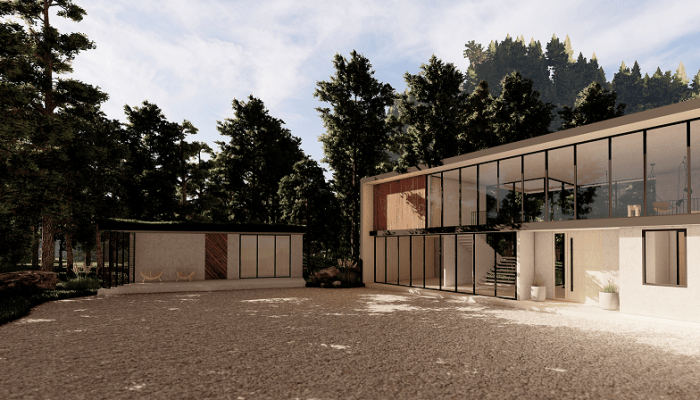
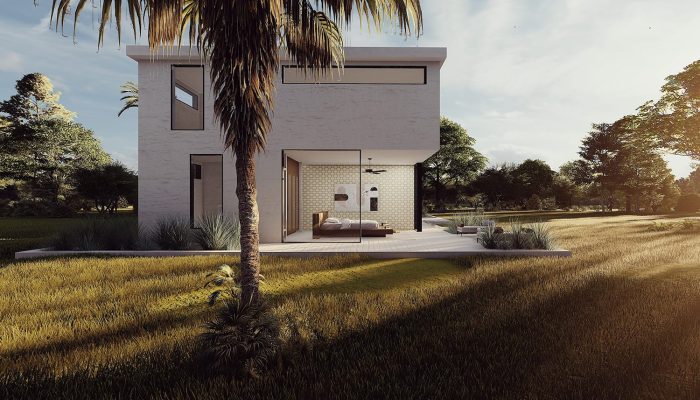

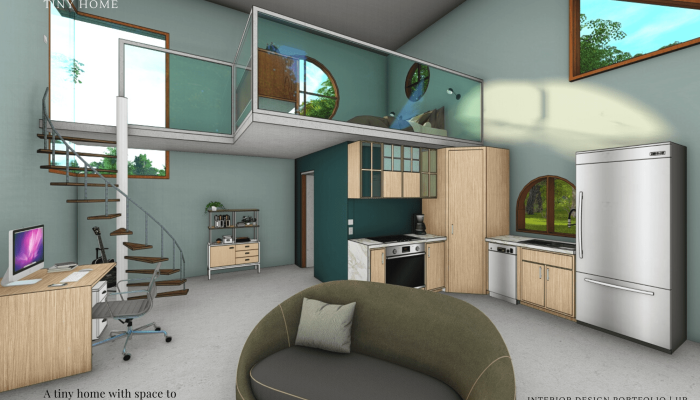

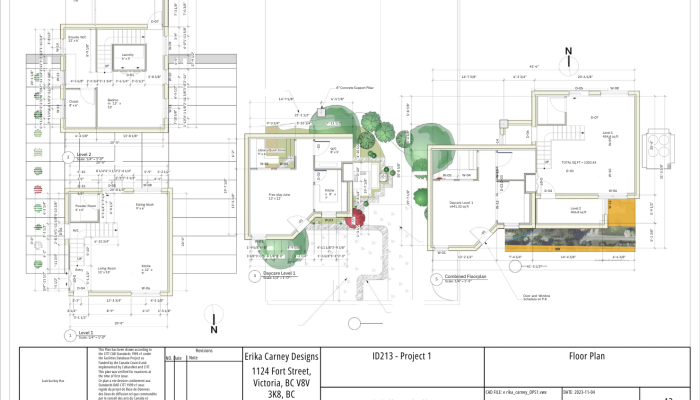
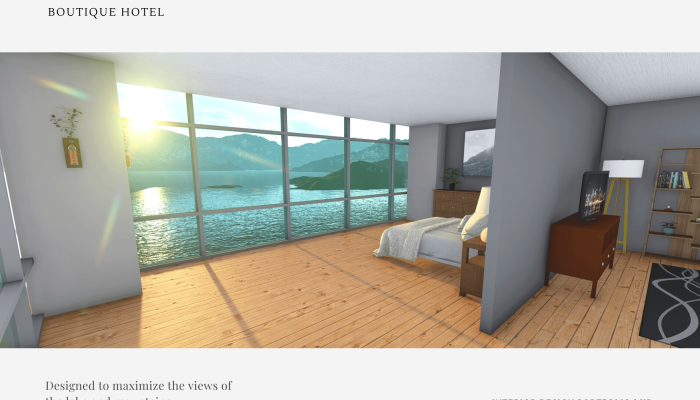
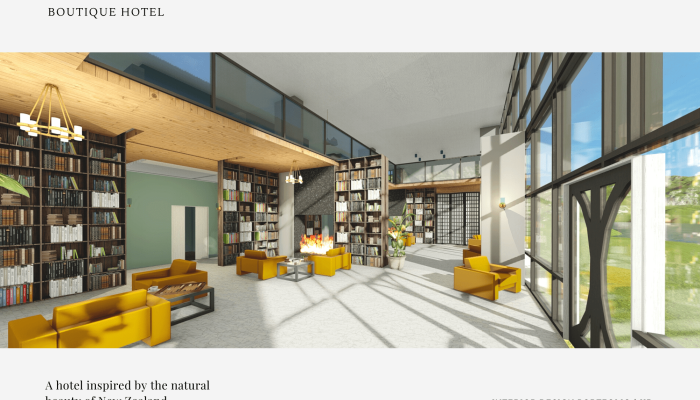
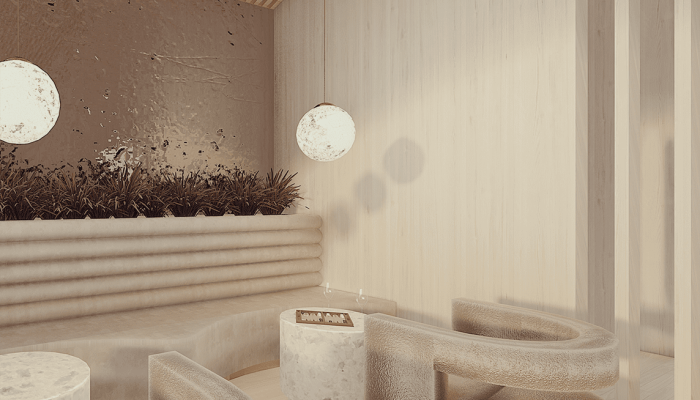
WE GRATEFULLY ACKNOWLEDGE THE LEKWUNGEN TRADITIONAL TERRITORIES THAT PACIFIC DESIGN ACADEMY STANDS UPON, AND THE SONGHEES, ESQUIMALT AND W̱SÁNEĆ PEOPLES
WHOSE RELATIONSHIP WITH THESE LANDS CONTINUES TO THIS DAY.